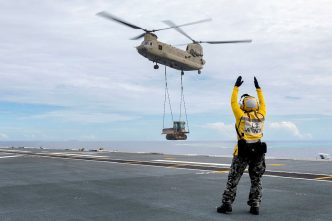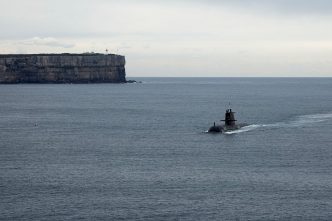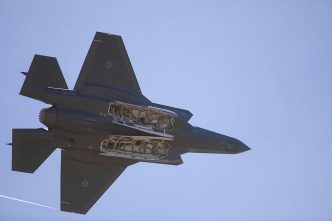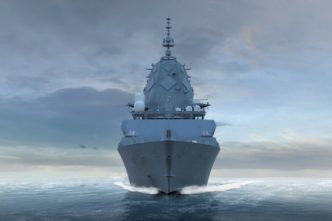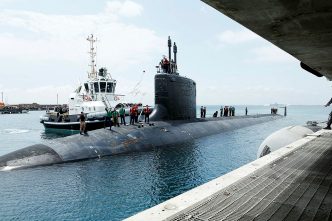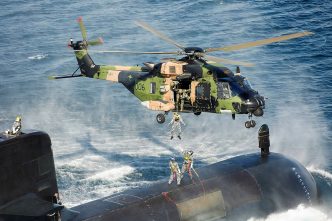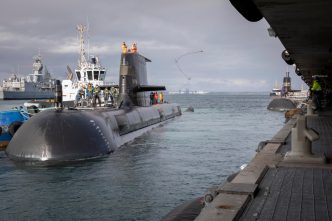In a speech to Australia’s parliament last night, Ukrainian Prime Minister Volodymyr Zelensky asked for ‘wonderful’ Bushmaster troop carriers, which he said could significantly help his country. Nations such as Australia should help arm those …
The 2022–23 defence budget is a conflicted program. In key ways it acknowledges and responds to a changing world, but in others it is a relic of an earlier time. Let’s start with the funding …
Last week, Prime Minister Scott Morrison announced an increase of 18,500 to the Department of Defence’s full-time workforce by 2040. I’ll spare you the (semi-)snarky commentary about (semi-)announcements this time and get straight to unpacking …
One of my colleagues told me on Monday morning that we were going to get a ‘semi-announcement’ on Australia’s submarine basing that day. The government has been making quite a lot of semi-announcements lately about …
A week and a half since Russian forces invaded Ukraine, here are nine observations of the key aspects and developments in the most serious conflict in Europe since World War II. Observation 1 Just as …
When the United States offered to evacuate Ukrainian President Volodymyr Zelensky two days after Russia launched its unprovoked invasion of his country, he replied, ‘The fight is here; I need ammunition, not a ride.’ Many …
It’s a brutal time to be a Commonwealth public servant working on the budget. Portfolio additional estimates statements—the mid-year budget update for portfolio agencies—were tabled on Friday, yet with the 2022–23 budget brought forward to …
The latest revelations about the Royal Australian Navy’s Hunter-class frigates confirm much of what we knew about the problems besetting the program, but add a level of granularity far beyond the general admissions made by …
Originally published 30 September 2021. It is correct, as former prime minister Malcolm Turnbull has asserted, that few of the questions raised by the government’s announcement that Australia will acquire nuclear-propelled submarines (SSNs) have been answered. …
On 16 September 2021, the Australian government announced that it would acquire a nuclear-powered submarine capability with support from the UK and the US as the first measure of business under the AUKUS technology-sharing partnership. …
The sad saga of the MRH-90 Taipan helicopter has been running for a long time. Back when I worked in the Department of Defence, we used to occupy ourselves from time to time calculating how …
At Senate estimates hearings on 24 March of this year, the independent Senator Malcolm Roberts bluntly asked Defence Department officials, ‘If the last sub will be delivered in the 2040s and the first delivery is …



